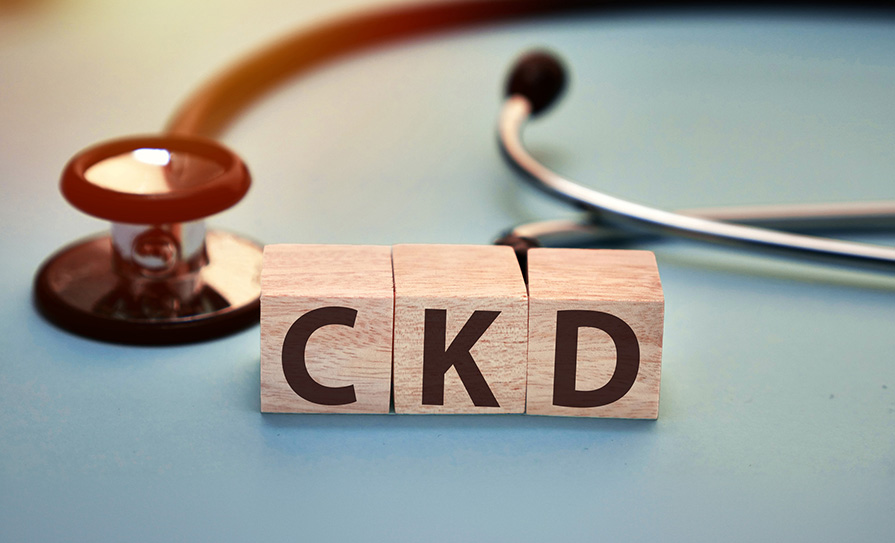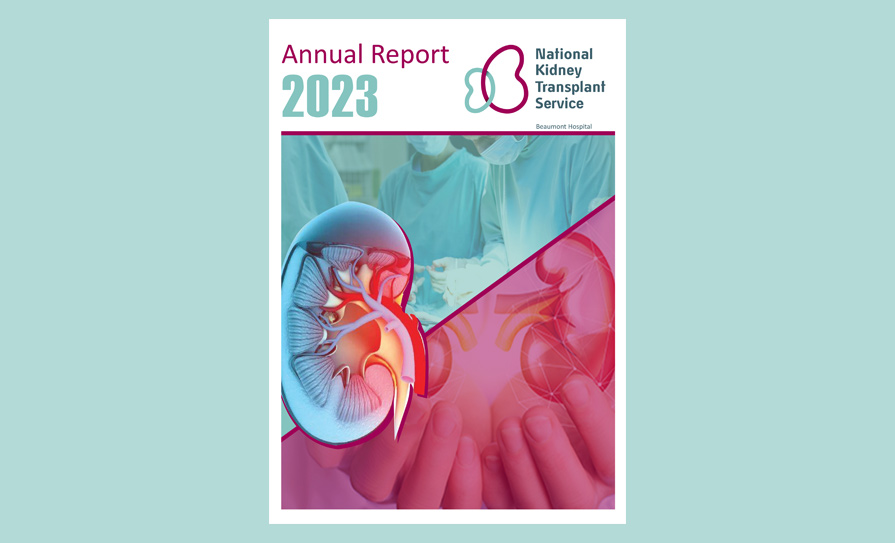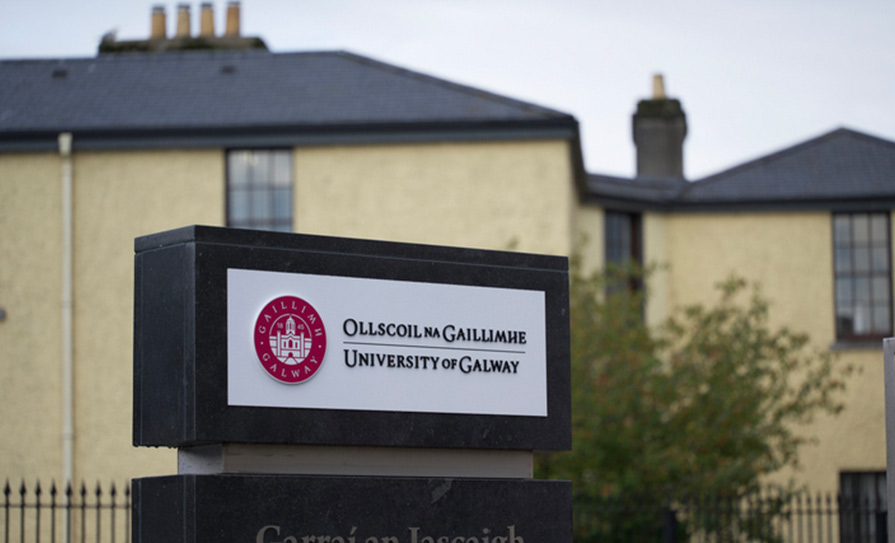The HSE spent €56 million on taxis in 2020 and 2021, mainly for patient transport, the Medical Independent can report.
Some €27 million was expended in 2020 and €29 million in 2021, according to the data released following a Freedom of Information (FoI) request.
The highest expenditure was in HSE north-west and mid-west, where €7.3 million was spent each year. This area covers hospitals in counties Sligo, Leitrim, Donegal, west Cavan, Clare, Limerick, and north Tipperary.
The HSE northern area, which includes hospitals in north Dublin, spent the least amount at €700,000 (€400,000 in 2020 and €300,000 in 2021).
The largest increase was in HSE corporate, based in Dublin, which spent €400,000 in 2020 and €1.4 million in 2021.
The spend in the other regional finance areas, for the two years combined, were as follows: €10.5 million in HSE Dublin mid-Leinster, covering counties Laois, Offaly, Longford, Westmeath, Kildare, Wicklow, and the remaining Dublin area; €5.7 million in HSE west, covering counties Galway, Mayo, and Roscommon; €12.4 million in HSE north-east, covering counties Louth, Meath, Monaghan, and Cavan; €5.4 million in HSE south, covering counties Cork and Kerry; and €4.9 million in HSE south-east, covering counties Carlow, Kilkenny, Waterford, Wexford, and south Tipperary.
According to the FoI response, HSE vehicles and staff were prioritised for “frontline, emergency work” and the use of taxis was a more effective service for patients/clients who were not acutely ill.
It represented a “more cost-effective” solution compared with investment in a fleet of vehicles for this purpose and allowed for “flexibility in the face of variable demand”.
Taxis were also used for the transport of dialysis patients and “at times” for transport of patient charts or files between hospitals.
The data excluded voluntary hospitals and the 2021 figures were not yet audited.













Leave a Reply
You must be logged in to post a comment.